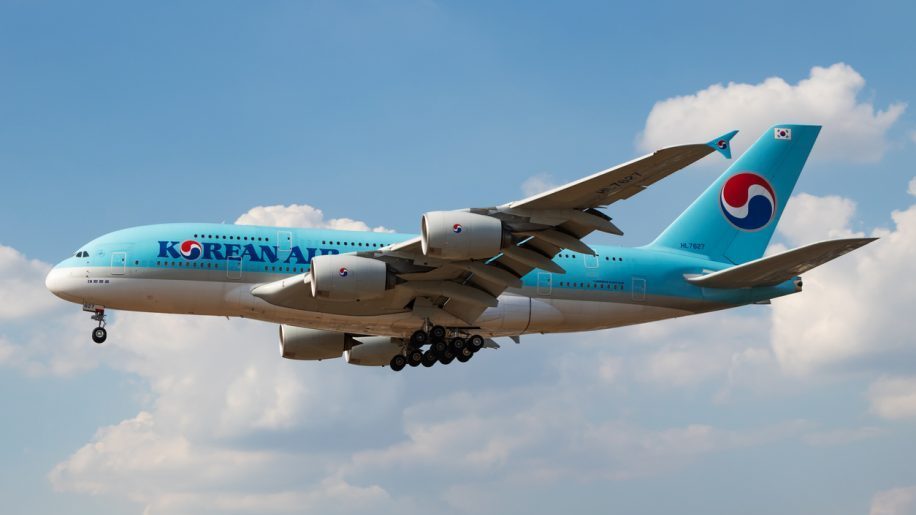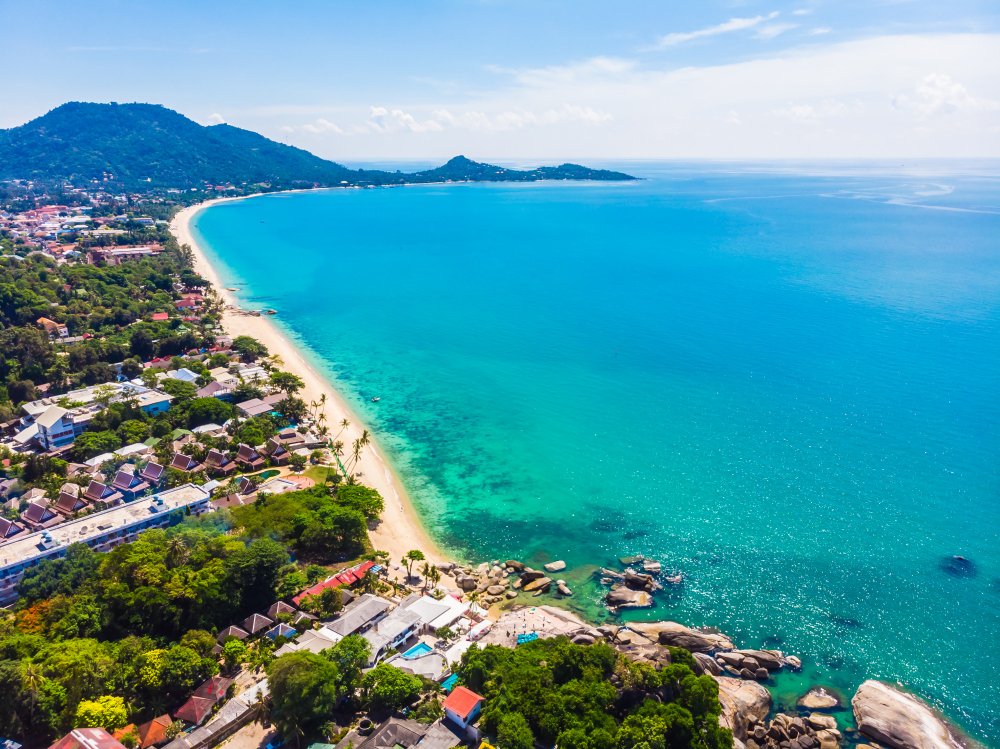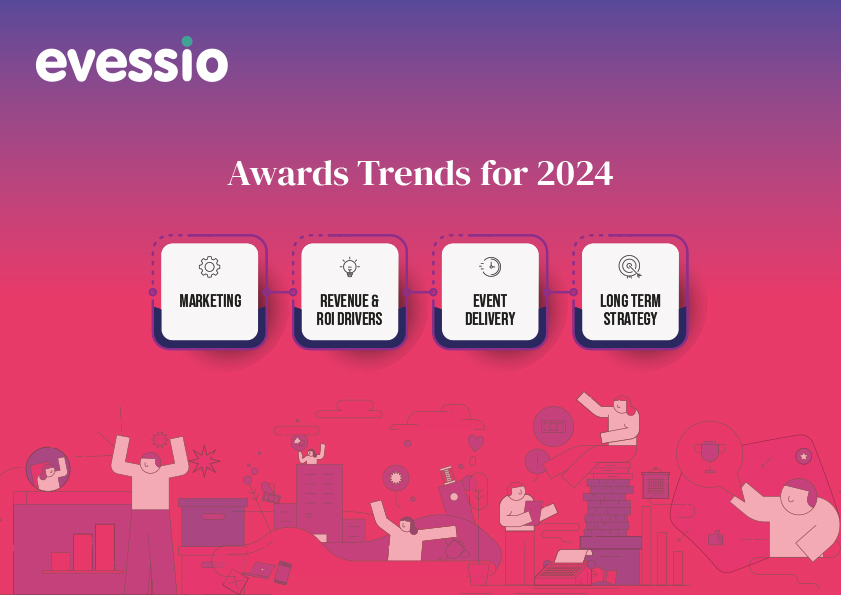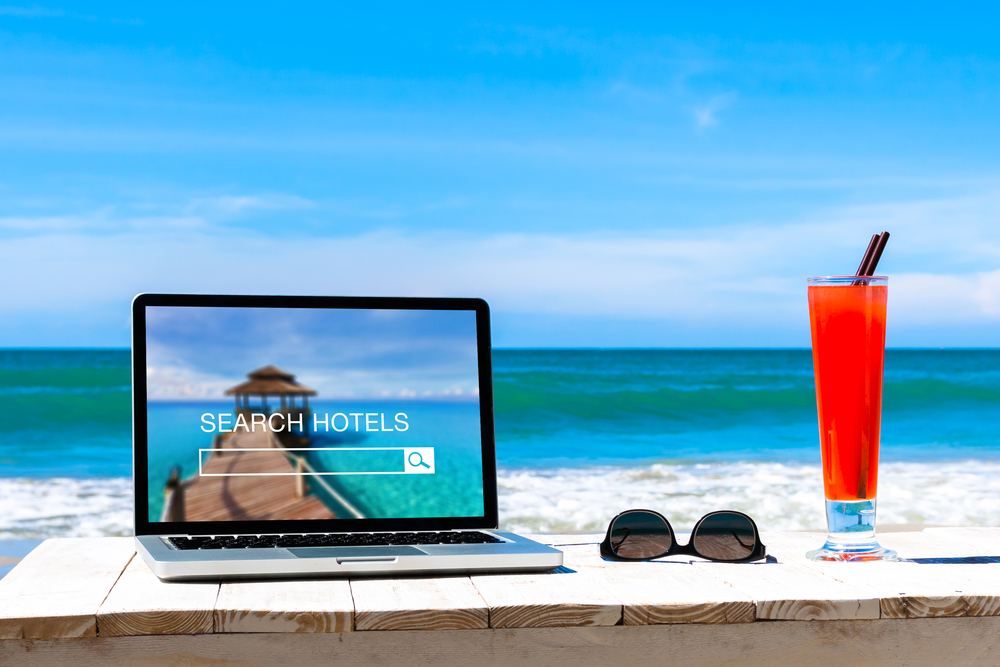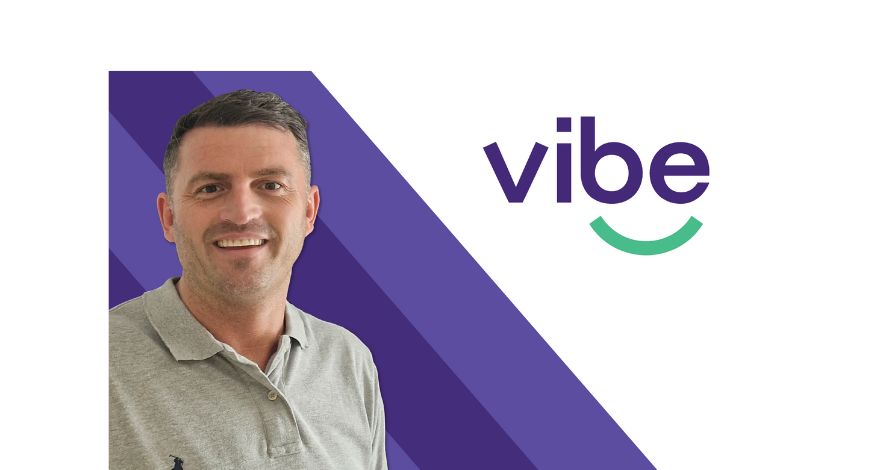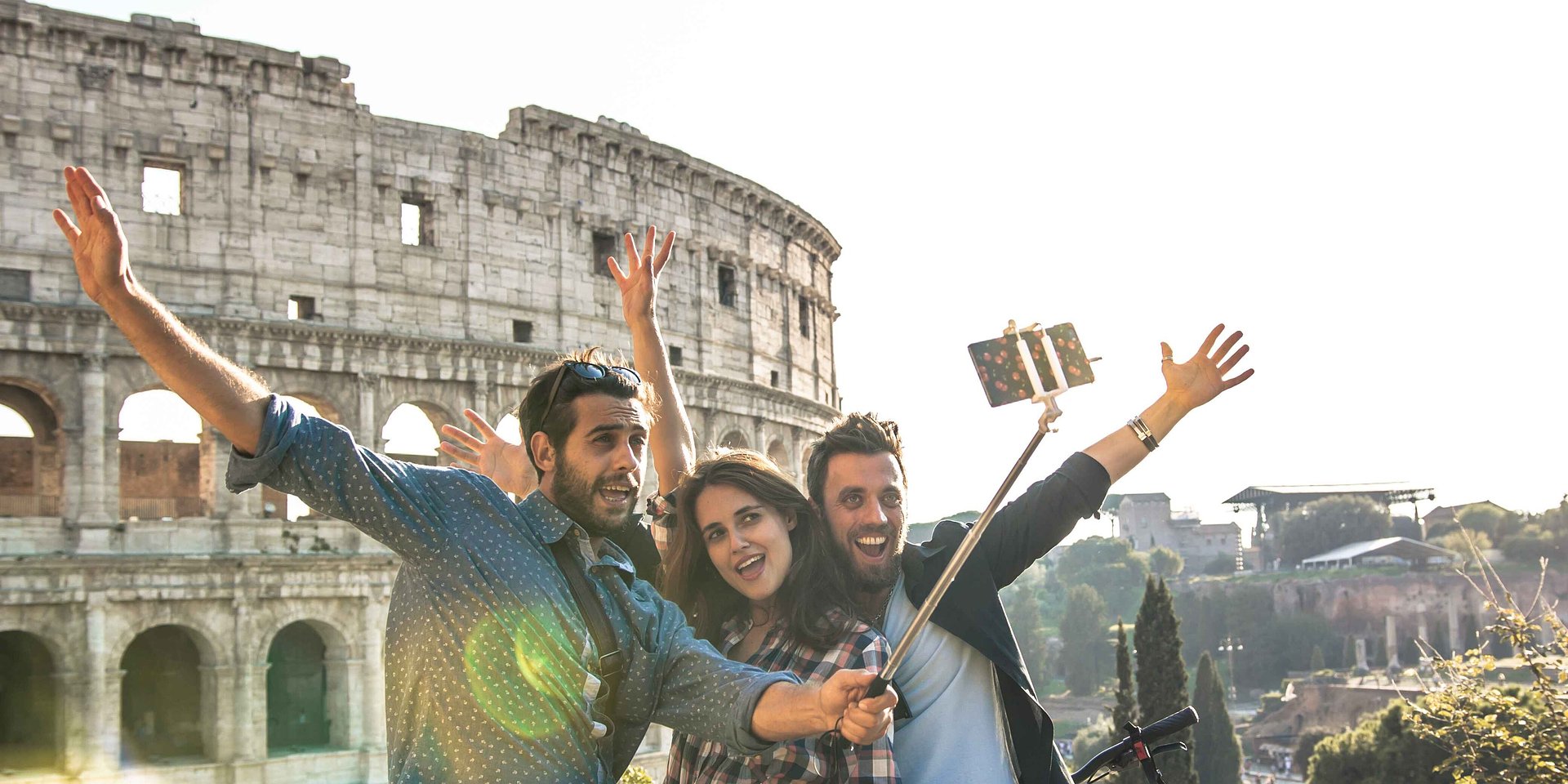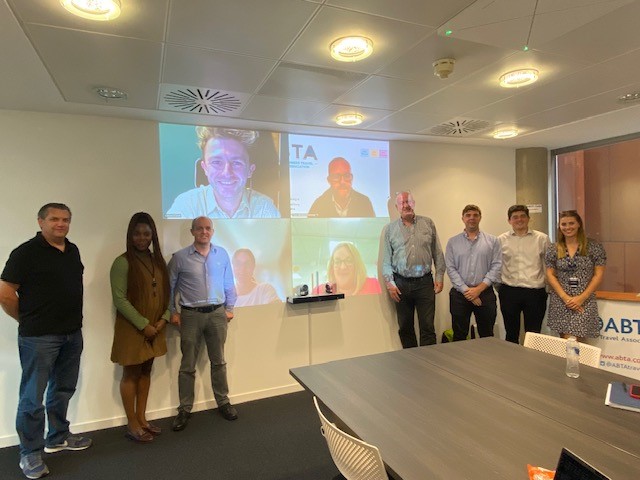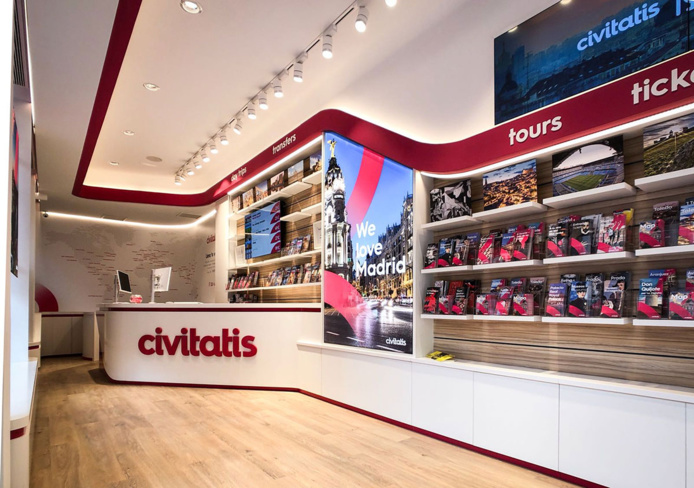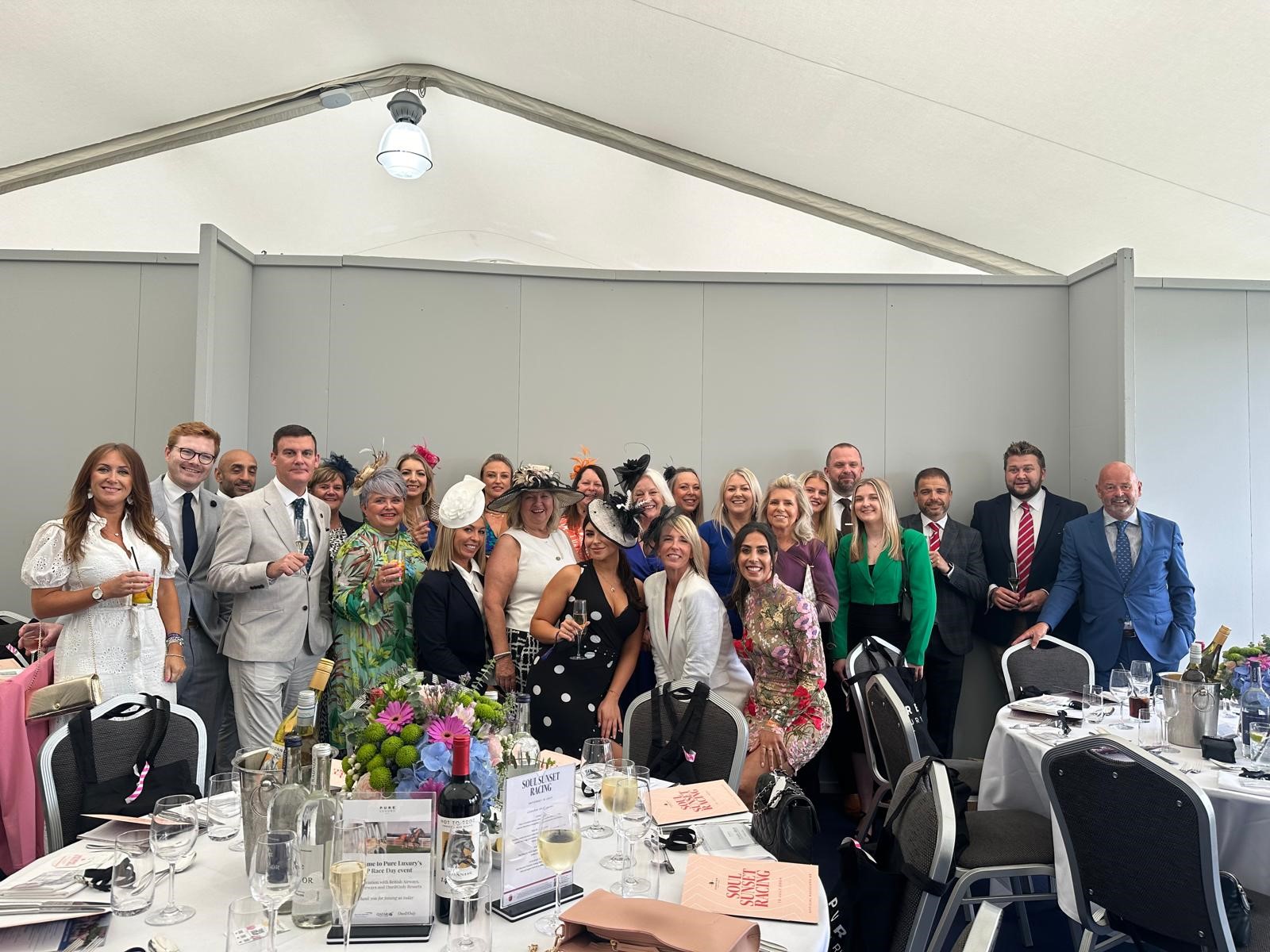I have a friend who used to work in corporate finance at Apple, I remember the last year before she decided to leave – she wasn’t even invited to the Company’s splashy Christmas party at San Francisco’s iconic Exploratorium. Corporate finance hasn’t historically been one of the most critical functions driving Apple’s valuation. I have another friend who’s in product design at Apple and he’s been there for years, he’s extremely happy with his job and comes home every day feeling fulfilled and valued. This is because product design is the department at Apple that drives the fate of the organization more than any other department.
When I’m advising friends on career decisions, my top piece of advice is that it’s far more important to find a company or industry that values your skill set than it is to find a company who’s products you like to use.
I entered the hospitality industry under the assumption that development and finance (my background) were the key drivers of wealth. As I started to dig deeper, I quickly came to realize the power of digital distribution and e-commerce in the industry. The following is a brief historical account of what I call the industrial revolutions of hospitality.
My hope is to help hotel organizations understand where we’ve been and what we’ll need to succeed in the new paradigm.
The Founding Fathers: Real Estate (1919 – 1961)
When I entered hospitality I believed that development was the primary driver of value in our industry and my background was in finance. Just look at the wealth created by the Marriott, Hilton and Pritzker families during the 20th century. Undoubtedly these fortunes were created through savvy real estate strategies, financings and M&A. Real estate is what I call the first paradigm of hospitality – it’s what created the vast majority of wealth from Hilton’s founding in 1919 until the 1980s.
The First Revolution: Luxury and Service (1961 – 1980)
This is what many refer to as the Golden Age of hospitality where organizational culture and value creation were driven by luxury and service. This paradigm was catalyzed by wealth increases amongst the richest families in America post World War II. From 1963-1983 the wealth of the top 10% rose from $231k to $503k (in 2013 dollars). This meant more money to spend on luxury goods (and travel). It’s no accident that ITT (Sheraton) purchased the St. Regis New York to bulk up its luxury division in 1960. Enter Isadore Sharp, founder of Four Seasons Hotels in 1961 with the vision to found a company on his Golden Rule: “Treat guests the way you wish to be treated.” While Four Seasons didn’t start as a luxury product, Sharpe quickly pivoted upscale to chase the opportunity (and because, well luxury is just more fun, isn’t it?). Then, in 1983, Ritz Carlton was founded and carved out its own niche in the segment. The leaders of this era were experts in customer service (and operations); consequently, people like Sharpe were handsomely rewarded with vast wealth.
The Second Revolution: Market Segmentation (1981 – 2000)

The chart above shows the incredible growth of airline passenger travel from 1950-2014. As more and more travelers traversed the U.S. (and globe) incredible entrepreneurs like Bill Kimpton (Kimpton Hotels), Chip Conley (Joie de Vivre) and Ian Shrager (Morgans Hotels) saw an opportunity to segment the market and target very specific customers with a unique and differentiated offering – the design-led boutique hotel was born.
It’s now 1991; enter Barry Sternlicht and Starwood Capital Partners. He starts off like the others buying one-off properties but then in 1997 executes a game changing move where he magically outbids Hilton for ITT Corp (Sheraton) at a whopping $14.3B.
Ok, it wasn’t exactly magic. Sternlicht leveraged a tax loophole called “paired-shares” where two stocks can trade together. Essentially, he separated hotel operations (Starwood Lodging Corp) from the Real Estate (Starwood Lodging Trust) so that he could avoid corporate taxation on income from the real estate (REIT) by agreeing to pass 95% of rental income back to shareholders. Less taxes meant more projected income, more projected income meant higher valuation and higher valuation meant – well – sorry Hilton, higher purchase price.
That was his first stroke of genius and what actually lead to the next revolution (to be discussed shortly). The next stroke of genius was taking market segmentation insights from the likes of Ian Shrager and placing them on steroids with his newly found real estate empire – the first W Hotel was born (December 1998).
“W is a very polarizing brand, it’s not meant for everyone and we’ve tapped into a market segment that really aligns with our brand in a way that they can’t with most other hotels,” Anthony Ingham (Global Brand Leader, W Hotels) once told me. There are now more than 13,000 W Hotel rooms globally and almost 8,000 in the development pipeline.
The Third Revolution: Digital Distribution (1995 – Present)
Expedia was founded from within Microsoft in 1996. Back then the company charged a nominal 5% fee to help hotels fill rooms. Today those fees can be up to 25% for independent hoteliers. This massive shift has largely resulted from consolidation. Today, Expedia and Priceline have approximately 76% market share. By 2020 experts predict that market share will be up to 94% -wake up, FTC! I digress. What Expedia and Priceline realized is that you don’t need to own hotels or even brands to sell hotel rooms. AirBnB took this one step further and commercialized the less spoken of couch surfing movement. Having said that I group AirBnB with the OTAs since all three are digital distribution channels that market lodging based on state of the art e-commerce best practices. The only difference is that AirBnB’s inventory is owned by homeowners rather than professional investors and high net worths.
So what’s next?
I think what’s to come will sound to some like a cop-out but it’s all of the above. The question becomes how do we deliver the service quality of The Golden Age to digital natives? The OTAs have done a wonderful job listening to consumers and delivering exactly what the masses want – variety and price. OTAs are the Marriott’s, Hilton’s and Hyatt’s of digital. They are all things to all people. While these can be cash cows, there is a major opportunity in the not so distant future to deliver Golden Age hospitality principles in the digital world.
What does that mean? Well, just take it from Sharpe: “Treat others as you wish to be treated.”
Let’s imagine we’re traveling to Washington D.C. and text a friend “where should I stay?” If they responded with a list of everything out there like Expedia does, what would your reaction be? I assume if you’re anything like me it would include words not fit for LinkedIn. Now what if you asked that same friend what you should do in D.C. and they responded like Trip Advisor does (see below)?

Expedia CEO Dara Khosrowshahi refers to the last 20 years as the “wiring up” of travel. Expedia wired up hotels, Orbitz wired up airplanes, Uber wired up cars, Opentable wired up restaurants and Peek/Fareharbor are currently wiring up activities. Now that everything is in the cloud and just a click away we need to solve for the fundamental problem that the companies who are best at “wiring things” are not going to have curation as a core competency – that’s like asking your plumber to design your home. OTAs have the data for personalization but they’ll never be polarizing brands like W Hotels and they’ll never have the service of Four Seasons. They’re going to be as broad as possible to meet investor expectations and they’re going to spend their budget on digital marketing to drive growth instead of customer service to drive engagement. There are some “enlightened OTAs” out there like Mr. & Ms. Smith, Surface Hotels and Tablet Hotels – these players are just starting to scratch the surface of what the Golden Age of Digital Hospitality will be capable of. AI and Chatbots are very hyped up right now but consumers enjoy independent research so long as the digital experience is fast, beautiful and built for them.
Today’s traveler would rather spend 30 min browsing to find the perfect spot than have a bot tell them in 30 seconds the 3rd or 4th best option for them. It’s fun to research and it’s rewarding when we feel like we’ve uncovered a gem – our hard work pays off. It’s like when we find that killer new band and promote it to our friends as if we were ourselves in the band. That’s why (according to Google) the average traveler visits over 300 web pages leading up to a trip. I think the winners of tomorrow won’t be pure Bots but they will slim that 300 down to <50 and will make those 50 pages much more fun and engaging.
How can hotel brands embrace this new paradigm?
Hotel brands can leverage technology in the same way that the OTAs do. They can partner with top rated digital marketing agencies to build stunning websites that highlight their location and unique attractions. They can use email marketing and CRM platforms to market new experiences to previous guests while leveraging advanced segmentation techniques tapping into massive amounts of data with very little effort. Similarly, they can leverage upsell software to curate experiences for guests and provide a seamless purchase experience on property or even market those experiences via guest room tablets and custom mobile applications.



 share
share

















